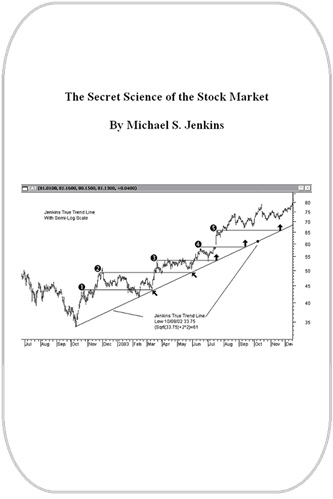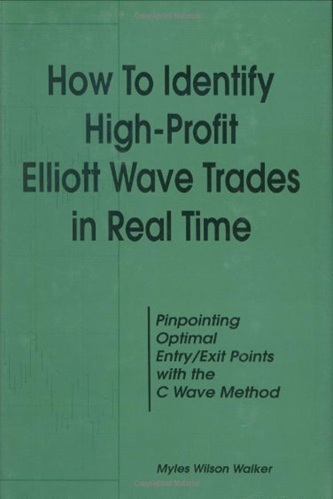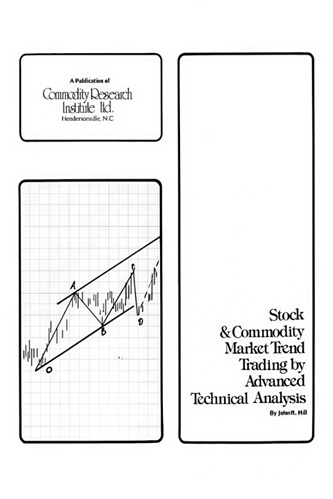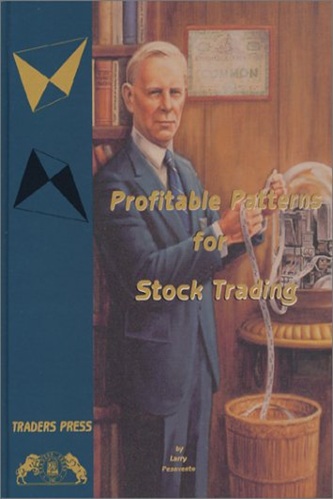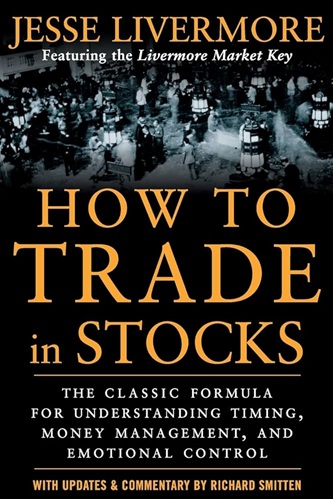The Stock Market Crash of 1929: The End of Prosperity
$7.73
| Author(s) | |
|---|---|
| Pages |
120 |
| Format |
|
| Publication Year |
2007 |
The Stock Market Crash of 1929: The End of Prosperity looks at the events that helped usher one of the grimmest periods in American history. Thousands packed the streets of New York City’s financial district. Anxious investors had heard rumblings throughout the day about mass panic on Wall Street, with rampant selling of stocks causing values to plummet. Rumors swirled around the crowd like snowflakes in a blizzard. The date was Tuesday, October 29, 1929—what would forever be known as “Black Tuesday.”
Introduction:
The following excerpt is from an October 30, 1929, New York Times article that illustrates the hopeless feeling experienced by stock traders during Black Tuesday. Although investors began trading large quantities of stock on Thursday, October 24, which is often dubbed “Black Thursday,” the real panic did not begin until Monday, October 28, when the market dropped 12.8 percent from the previous Friday.
The next day, October 29, the market fell another 12 percent, as more than 16 million shares were traded in the most cataclysmic day in the history of the stock market. At the time, the New York Times estimated that between $8 and $9 million was lost on Black Tuesday.
Groups of men, with here and there a woman, stood about inverted glass bowls all over the city yesterday watching spools of ticker tape unwind and as the tenuous paper with its cryptic numerals grew longer at their feet their fortunes shrunk. Others sat stolidly on tilted chairs in the customers’ rooms of brokerage houses and watched a motion picture of waning wealth as the day’s quotations moved silently across a screen.
It was among such groups as these, feeling the pulse of a feverish financial world whose heart is the Stock Exchange, that drama and perhaps tragedy were to be found . . . the crowds about the ticker tape, like friends around the bedside of a stricken friend, reflected in their faces the story the tape was telling. There were no smiles. There were no tears either. Just the camaraderie of fellow-sufferers. Everybody wanted to tell his neighbor how much he had lost. Nobody wanted to listen. It was too repetitious a tale.
Contents:
- The End of an Era
- Life before the Crash
- The Buildup to Black Tuesday
- The Day of the Crash
- The Early Years of the Great Depression
- Roosevelt’s First 100 Days
- Putting the Program to Work
- America at Odds
- Popular Culture
- Lessons Learned
The Stock Market Crash of 1929: The End of Prosperity By Brenda Lange pdf



